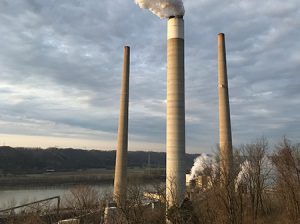
State letting AES Indiana discharge toxic water into White River, group says
An Indiana environmental group says the utility is pumping more than 1 million gallons of contaminated water a day into the river from coal ash ponds at its Eagle Valley Generating Station in violation of the federal Clean Water Act.







